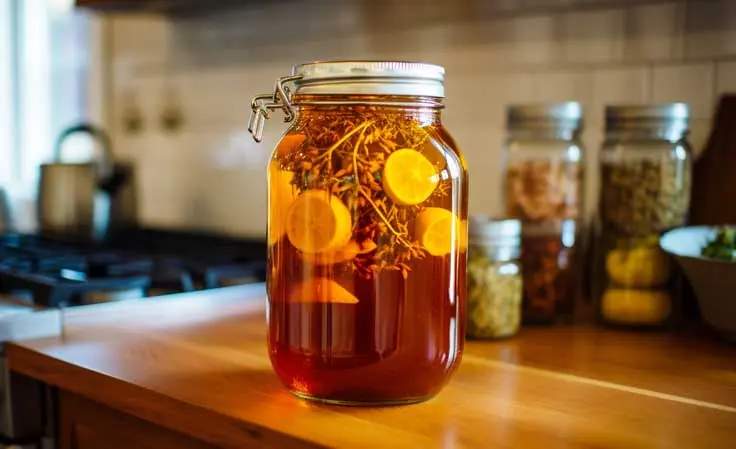
The small hole in the cap of a ballpoint pen – Not for “decoration”, but for a surprising safety reason
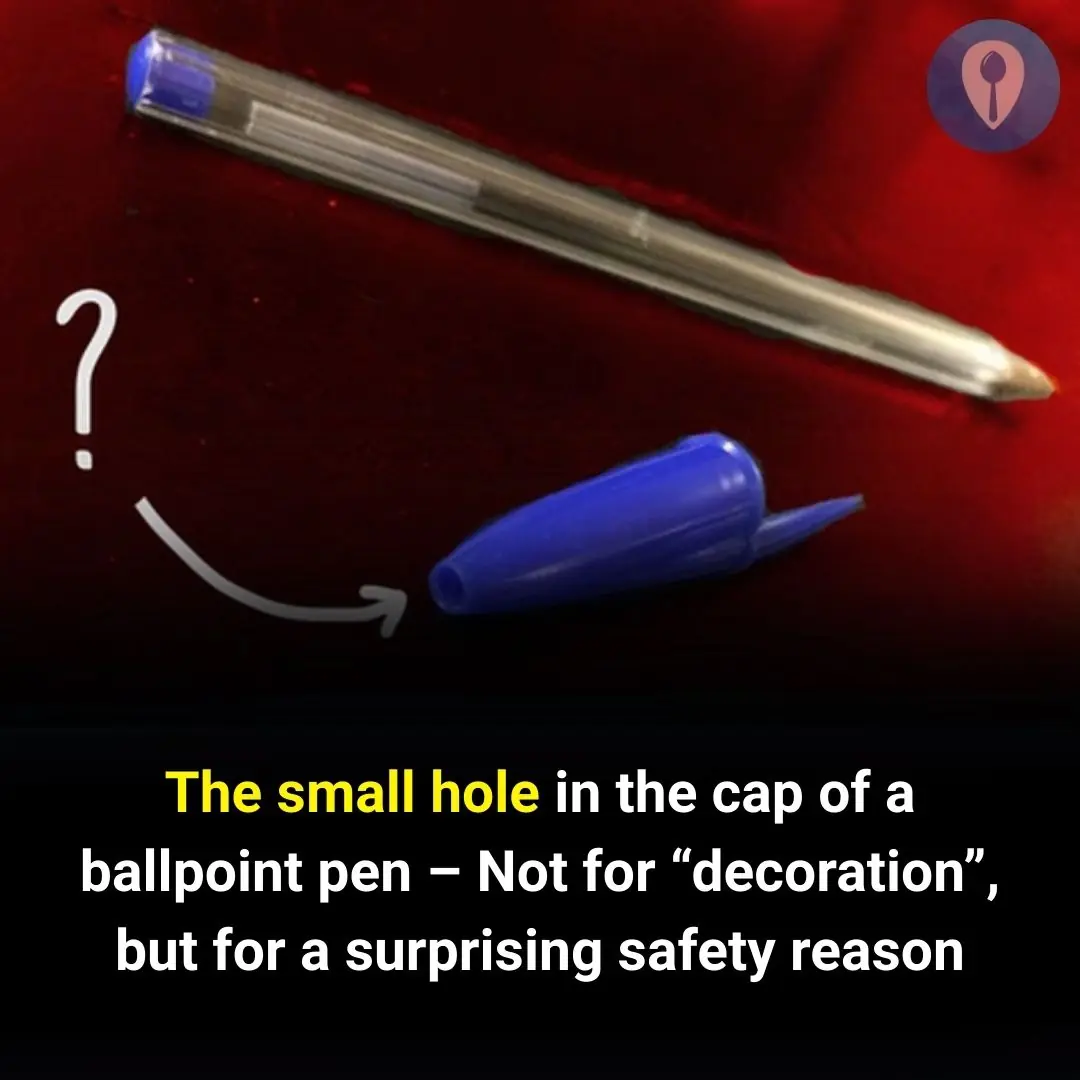
The Small Hole on a Ballpoint Pen Cap – A Little-Known Secret Behind a Tiny Design That Has Saved Millions of Lives
Introduction
In everyday life, few people pay attention to the cap of a ballpoint pen. Millions around the world use pens to write, sign, take notes, or draw, but hardly anyone stops to look closely. If you hold a common ballpoint pen, especially one with a cap, you’ll notice what seems like a meaningless detail: a small hole right at the top of the cap.
Many have assumed this hole is simply for “decoration” or to balance air pressure inside the cap. But the truth is far more surprising—it’s a life-saving invention, a tiny design feature that saves thousands of lives each year.
This article takes you deeper into the story: why that hole exists, how it came to be, the benefits it provides, and why it remains a global safety standard in ballpoint pen manufacturing today.
1. The History of the Ballpoint Pen
To understand why such a small detail like the hole in a pen cap matters so much, we first need to look back at the history of the ballpoint pen itself.
In 1938, the modern ballpoint pen was invented by Hungarian journalist László Bíró. He noticed that fountain pen ink often smudged, took too long to dry, and easily stained paper. Bíró came up with the idea of using a tiny ball at the tip of the pen to regulate ink flow, making writing smoother and faster.
The ballpoint pen quickly became one of the most widely used inventions of the 20th century. Today, billions of pens are produced and consumed worldwide every year.
But with this popularity came unexpected problems—one of them being the choking hazard posed by pen caps.
2. The Hidden Danger of Pen Caps
You’ve probably seen children—or even adults—putting a pen in their mouth absentmindedly. It’s a common unconscious habit while thinking, feeling stressed, or just fidgeting.
The danger is this:
-
Pen caps are small, smooth, and easy to slip into the throat.
-
If swallowed, they can get stuck in the windpipe, blocking airflow.
-
Such a situation can quickly lead to suffocation and even death, especially in children.
According to statistics from several countries, hundreds of deaths occur each year from children accidentally swallowing or inhaling small objects—including pen caps. This alarming reality pushed pen manufacturers to find a safety solution.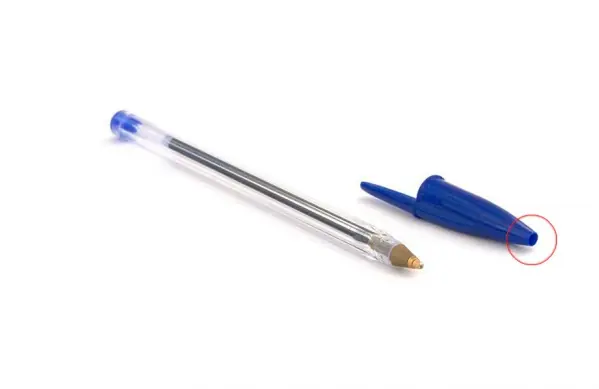
3. The Secret of the Small Hole in the Cap
That’s when the tiny hole in pen caps was introduced.
Manufacturers—most notably BIC, the world’s most popular pen brand—designed a small hole at the top of the cap.
The purpose: if someone accidentally swallows a pen cap, the hole allows a small amount of air to pass through, buying precious time to breathe while waiting for emergency help.
In other words, that little hole is an emergency air passage.
Official explanation from the manufacturer:
BIC has stated:
“The hole in the cap is not for decoration. It was designed to reduce the risk of suffocation if the cap is accidentally swallowed.”
This means what looks like a meaningless detail is actually a thoughtful, life-saving safety innovation.
4. Common Misconceptions About the Hole
Over the years, many “homemade” explanations have circulated about the hole’s purpose, such as:
-
To equalize air pressure in the pen so ink flows more smoothly.
-
To prevent the cap from cracking when the pen is capped, due to air pressure.
-
To stop ink from drying out by regulating airflow.
-
Simply for aesthetic design.
While some of these have minor truth, none are the main reason. The primary and most important purpose of the hole is human safety.
5. A Global Safety Standard
Interestingly, this tiny hole has now become a mandatory safety standard in pen production.
Both the European Consumer Safety Commission (CE) and the U.S. Consumer Product Safety Commission (CPSC) recommend that manufacturers design pen caps with holes to reduce choking hazards.
Today, nearly all major pen brands worldwide use this design.
As a result, millions of lives—especially those of children—have been saved from potentially fatal accidents.

6. Real-Life Stories
There have been documented cases where the hole in a pen cap literally saved lives:
-
A 7-year-old boy in Europe accidentally swallowed a BIC pen cap while chewing on it. Thanks to the air hole, he was still able to breathe partially until emergency services arrived. Doctors confirmed that without the hole, survival would have been unlikely.
-
Several medical reports have noted similar incidents, reinforcing how much this safety feature reduces the risk of fatal choking.
7. The Importance of Small Design Details
The story of the hole in a pen cap is a powerful reminder of this principle:
“Sometimes, the smallest details make the biggest difference.”
In product design—especially for everyday items—seemingly meaningless details can have life-saving importance. It reminds us that creativity and social responsibility must go hand in hand in every invention.
8. Key Lessons
-
Never underestimate small details in everyday objects—there’s usually a good reason for their existence.
-
The habit of chewing on pens is extremely dangerous and should be discouraged, especially in children.
-
Small safety innovations—like the hole in a pen cap—have saved thousands of lives, proving the hidden value of thoughtful design.
Conclusion
The tiny hole on a ballpoint pen cap—often dismissed as insignificant—is actually a life-saving invention. It reminds us that not all designs are for beauty or convenience; sometimes, a simple hole can mean the difference between life and death.
So, the next time you pick up a ballpoint pen, remember: in your hand is not just a writing tool, but a symbol of human ingenuity, responsibility, and compassion embedded in even the smallest design details.
News in the same category


Prebiotic Sodas: Trendy Gut Boost or Just Clever Marketing?

The difference between red peanuts and white peanuts
8 Powerful Reasons to Add More Citrus to Your Diet

Honey and Ginger: Nature’s Golden Duo — Benefits, Uses, and Hidden Risks You Should Know
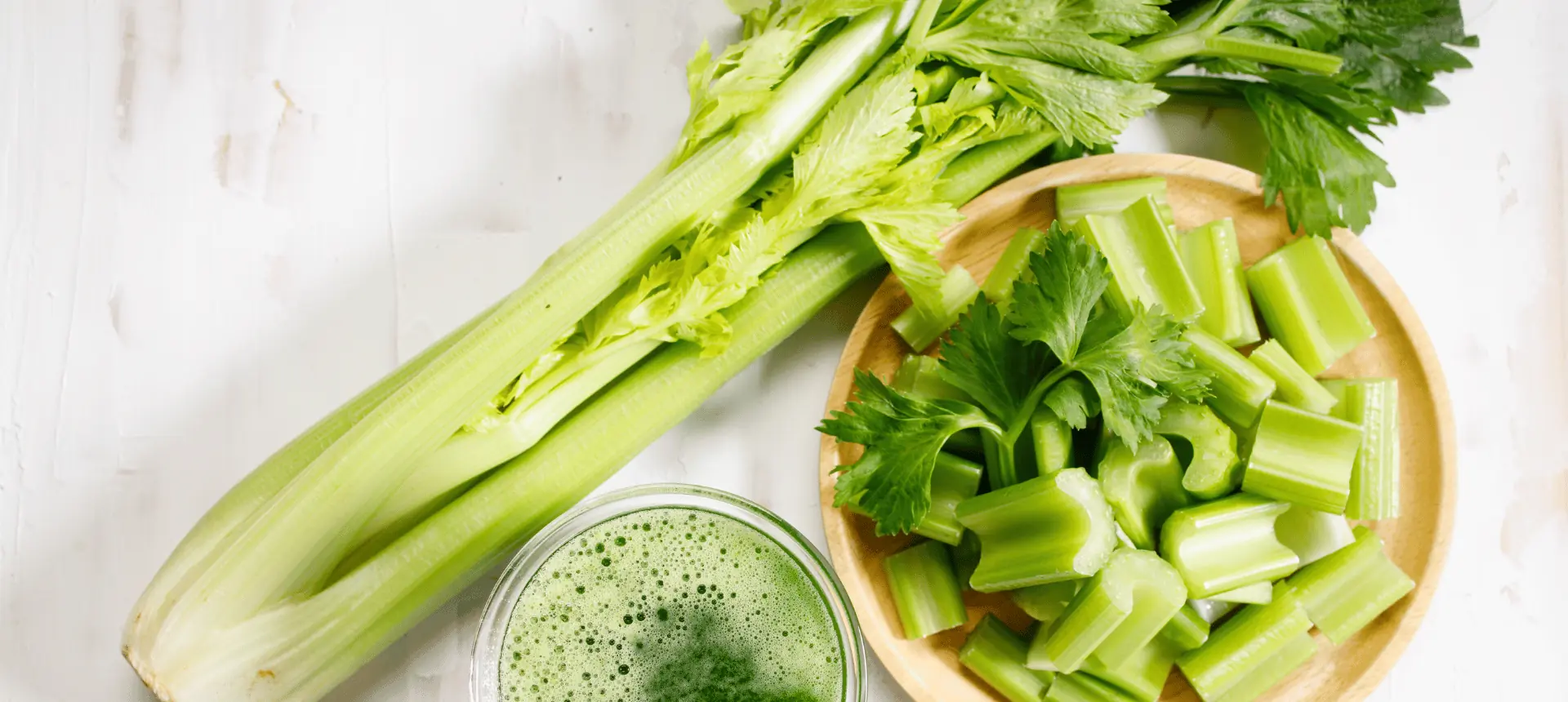
Celery Juice: Trendy Detox Drink or Just Overhyped Hype?

Doctors Reveal 5 Types of Foods Parents Should Never Give Their Children

A Hotel Bed for Two but Four Pillows? The Unexpected Reason Few People Know — Try It Yourself!
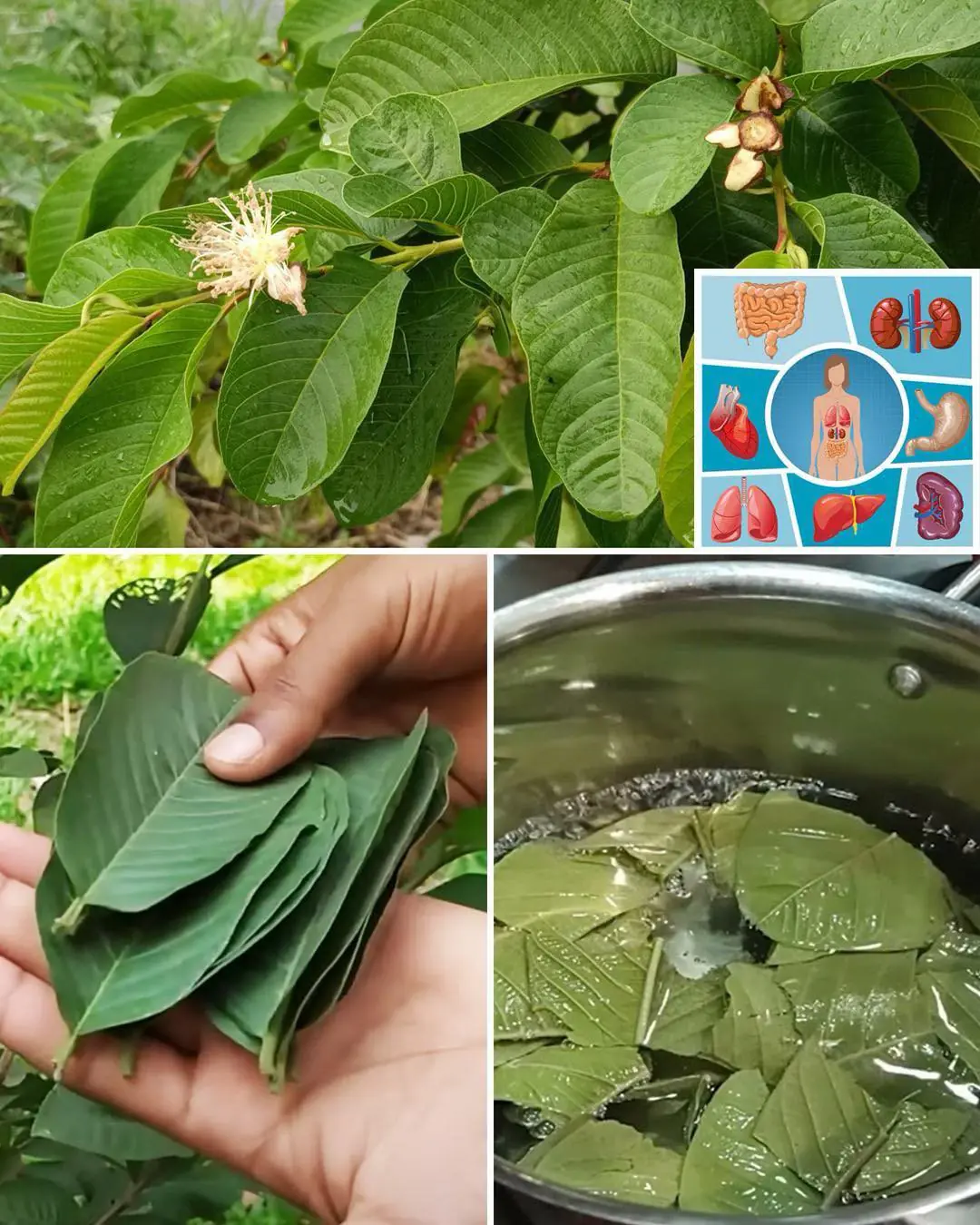
25 Incredible Benefits of Guava Leaves

Banana Blossom: Health Benefits, Recipes, and Traditional Uses
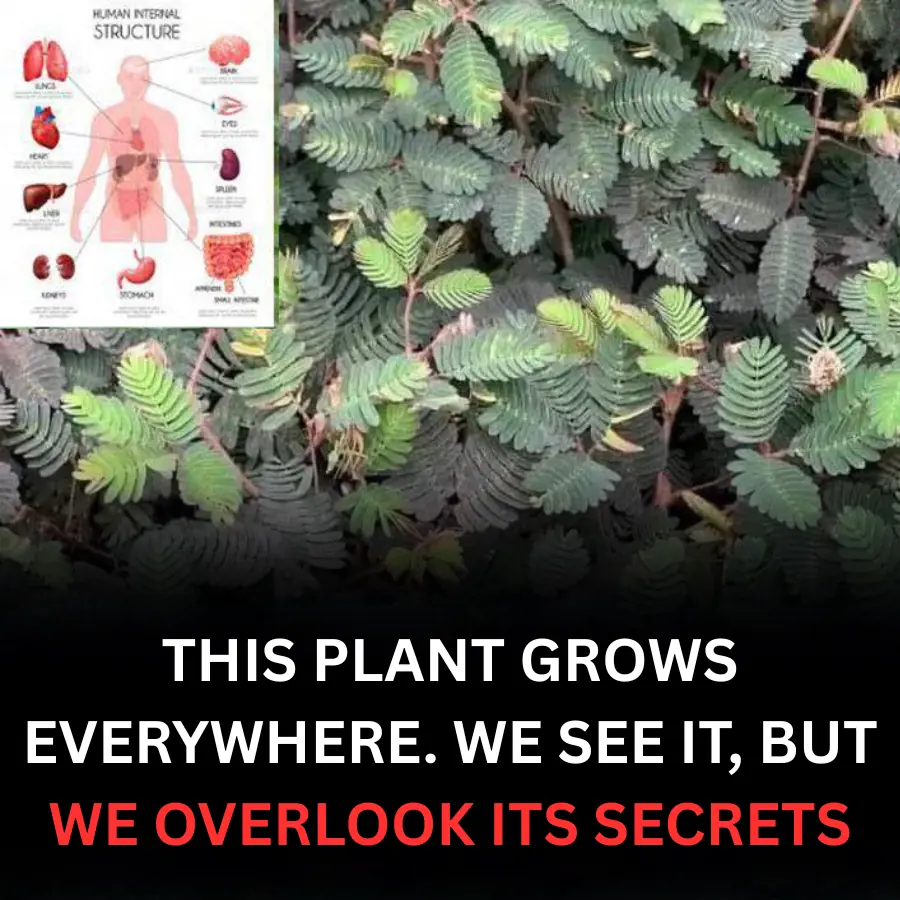
This plant grows everywhere. We see it, but miss its secrets

Why does the refrigerator compartment have a light but the freezer compartment doesn't?
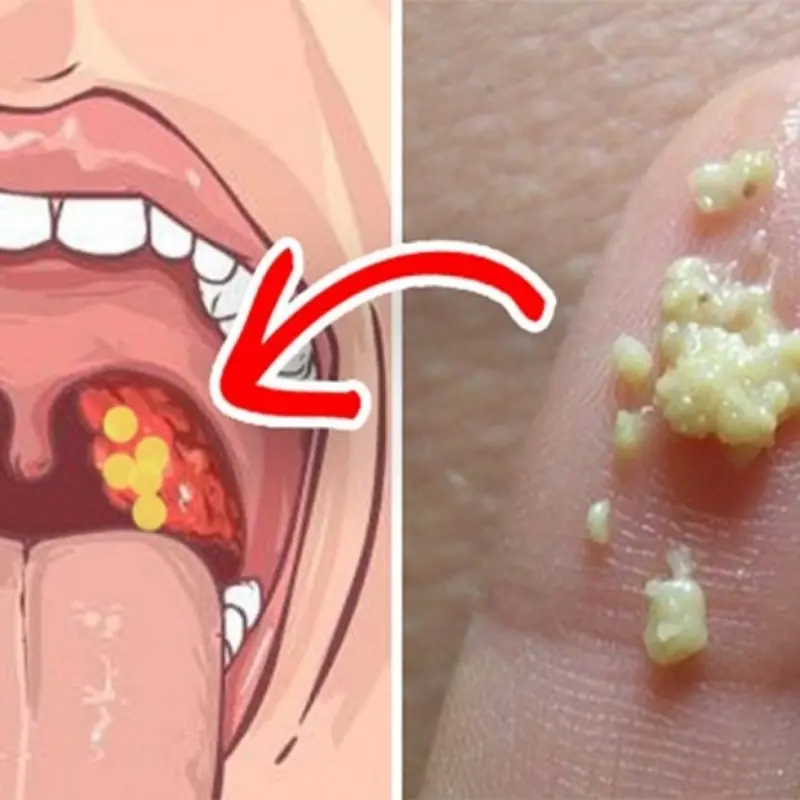
After Sneezing Several Times, I Noticed Something Strange in My Throat

Doctors warn: if you have these tiny red dots on your arm or hand, do not ignore the warning signs
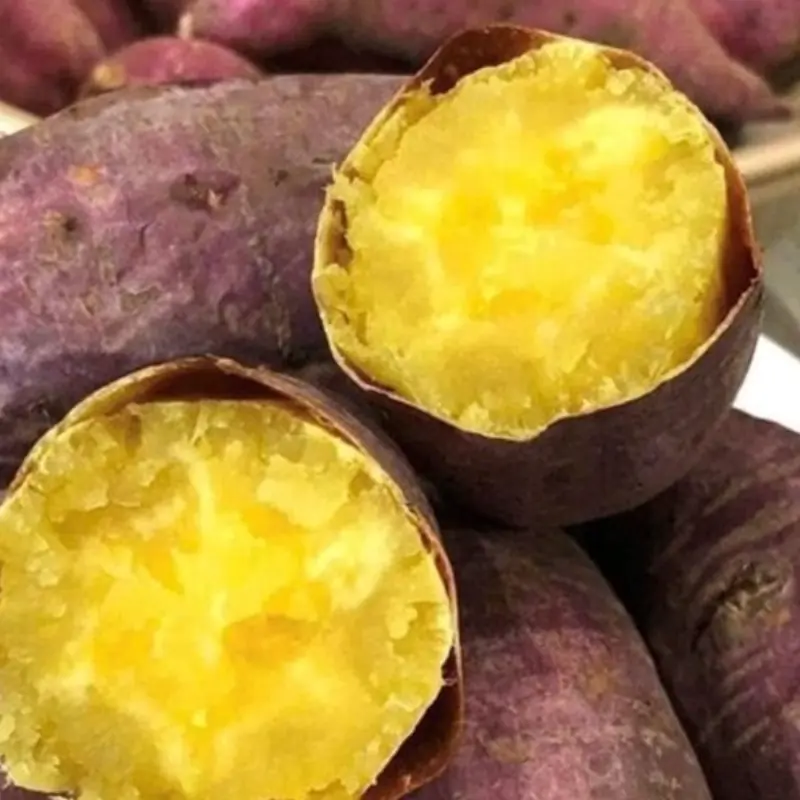
What Really Happens to Your Body If You Eat Sweet Potatoes for Breakfast Every Day

Over 200 People Are Ki.lled By The “World’s Deadliest Food” Every Year, But Almost 500 Million People Still Eat It
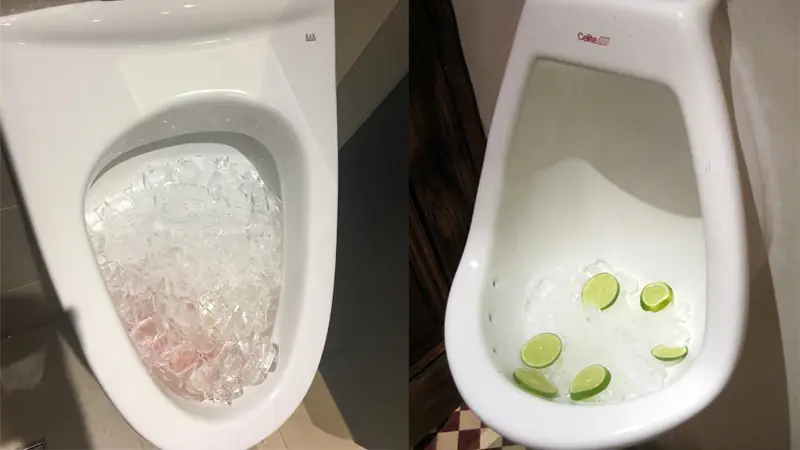
People Pour Buckets of Ice into the Toilet — The Result Leaves Everyone Stunned

20 years later, the surprising ending came back

Beware of 5 types of fruit that make you gain more weight than fatty meat
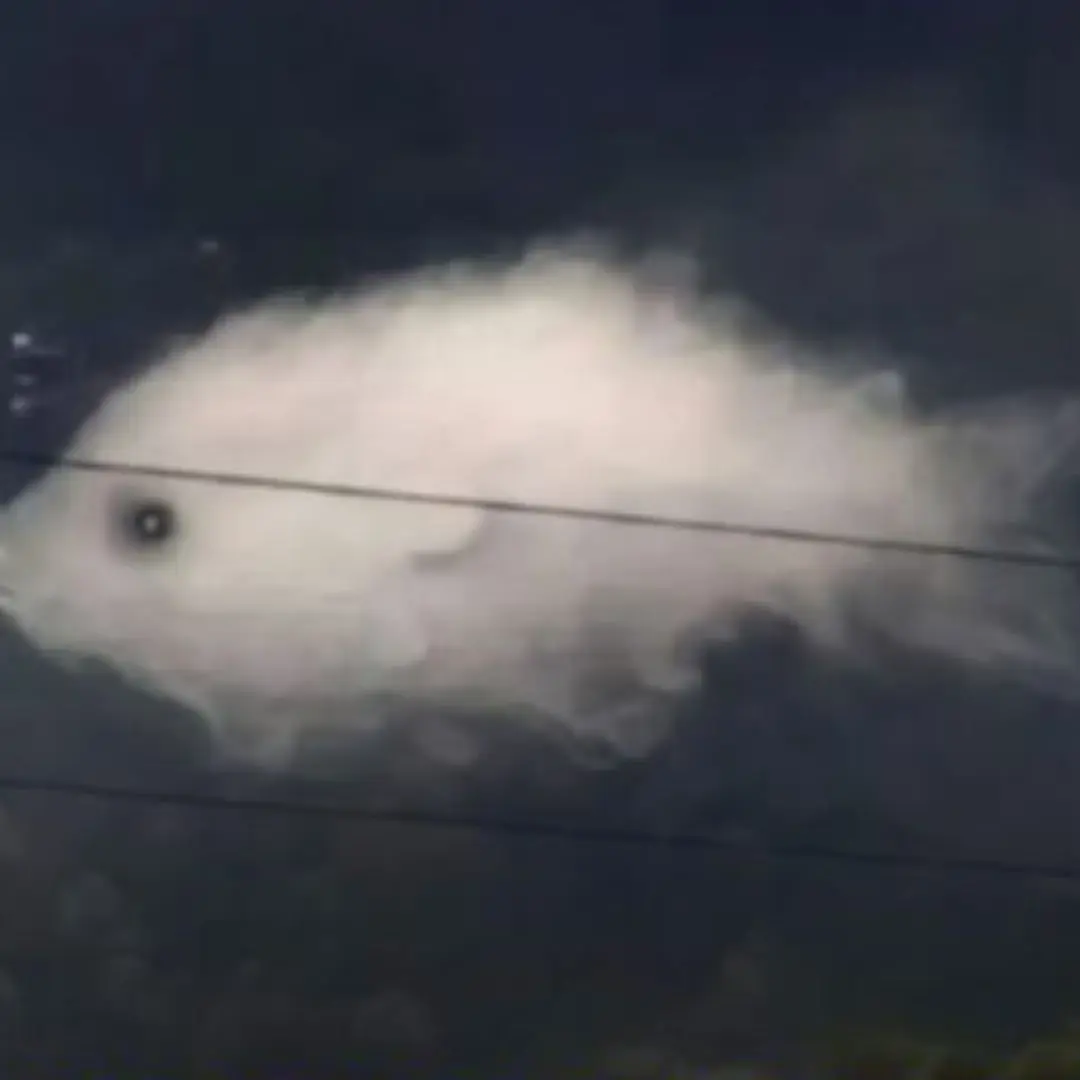
Optical illusion: What you see first reveals something important about your personality
News Post
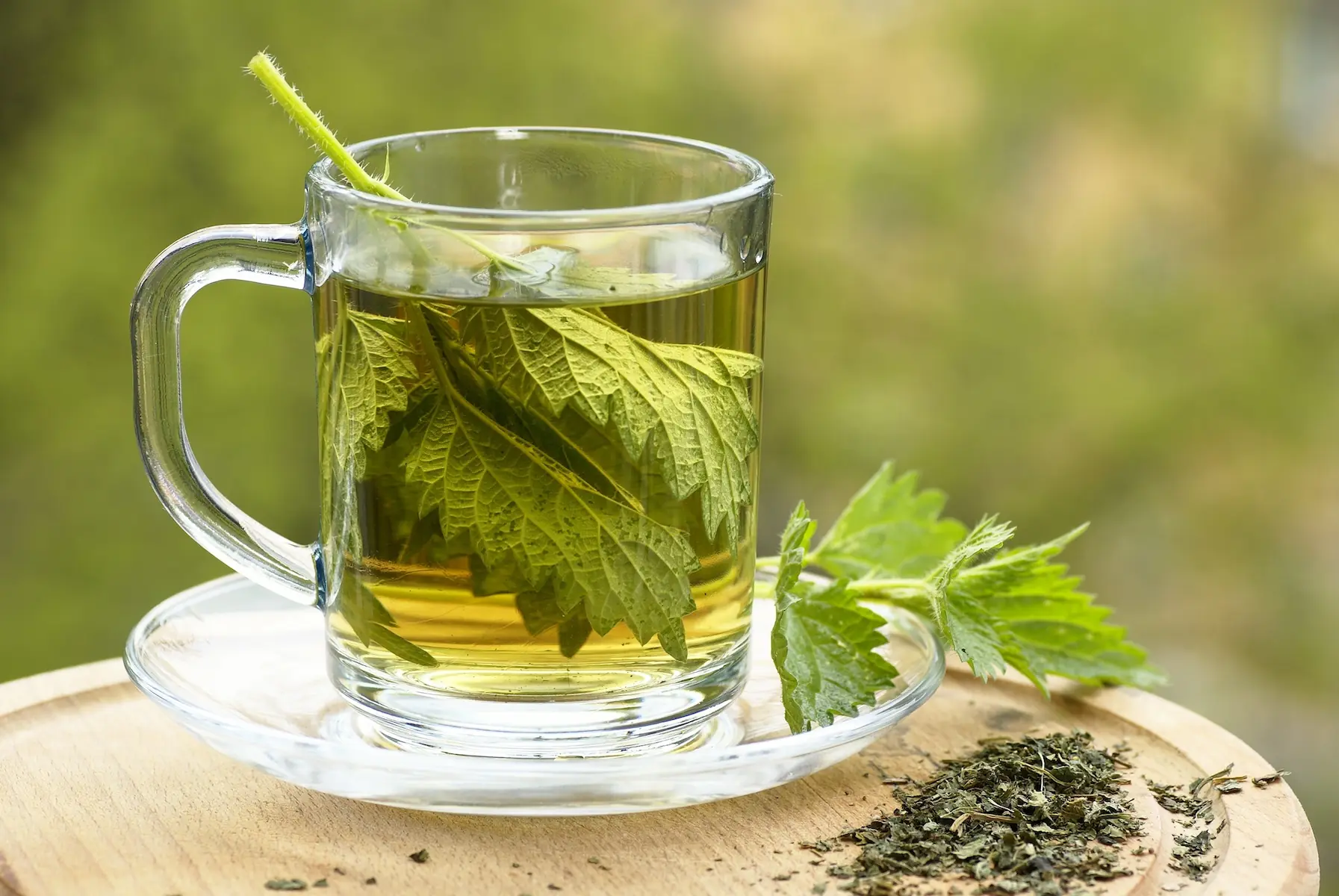
Nettle Tea: The Surprising Herbal Drink with Real Health Power

6 Health Benefits of Limes That Go Way Beyond Margaritas

Wasabi — The Green Kick With Real Health Power (and One Big Secret)

Fire Cider — The TikTok Drink Everyone’s Talking About (But Does It Really Work?)

The Tropical Drink Everyone’s Talking About in 2025

Prebiotic Sodas: Trendy Gut Boost or Just Clever Marketing?
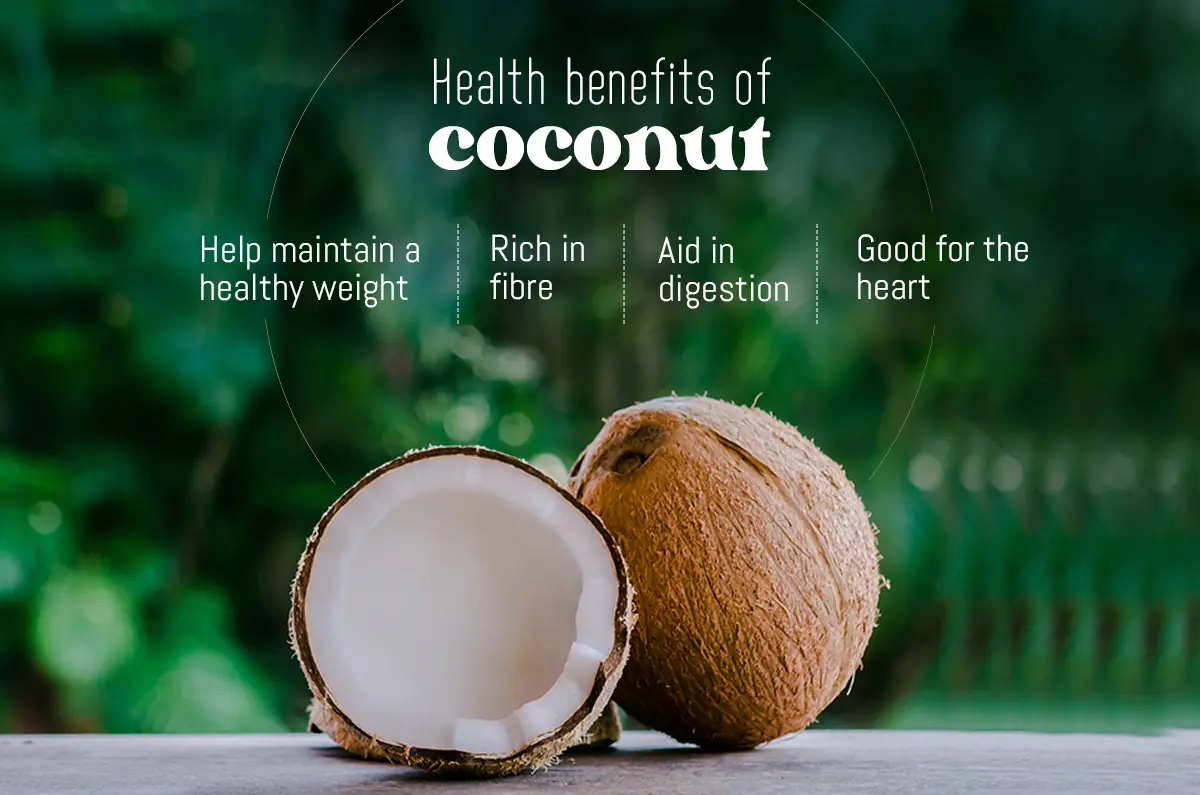
7 Surprising Health Benefits of Coconut You Need to Know

8 foods that kill cancer cells
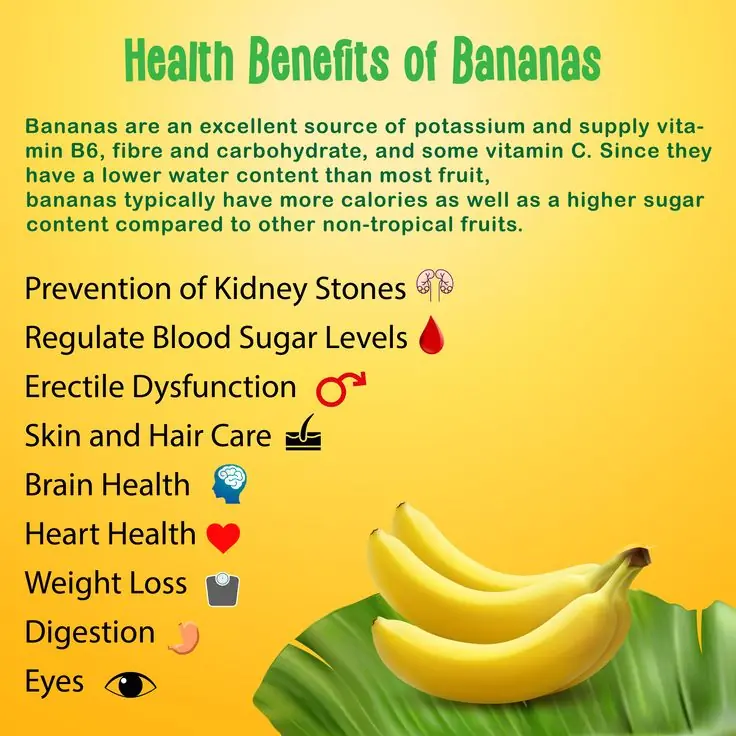
Bananas: The Underrated Superfruit You Should Be Eating Every Day

Boy shares a heartfelt hug with his dog before surgery

The Ultimate Hair Care Routine for Men & Women

How to Get Rid of Phlegm and Mucus in the Chest and Throat

The difference between red peanuts and white peanuts

The difference between red peanuts and white peanuts
8 Powerful Reasons to Add More Citrus to Your Diet
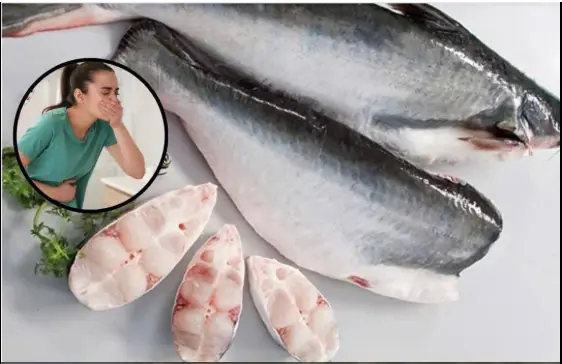
5 types of fish are
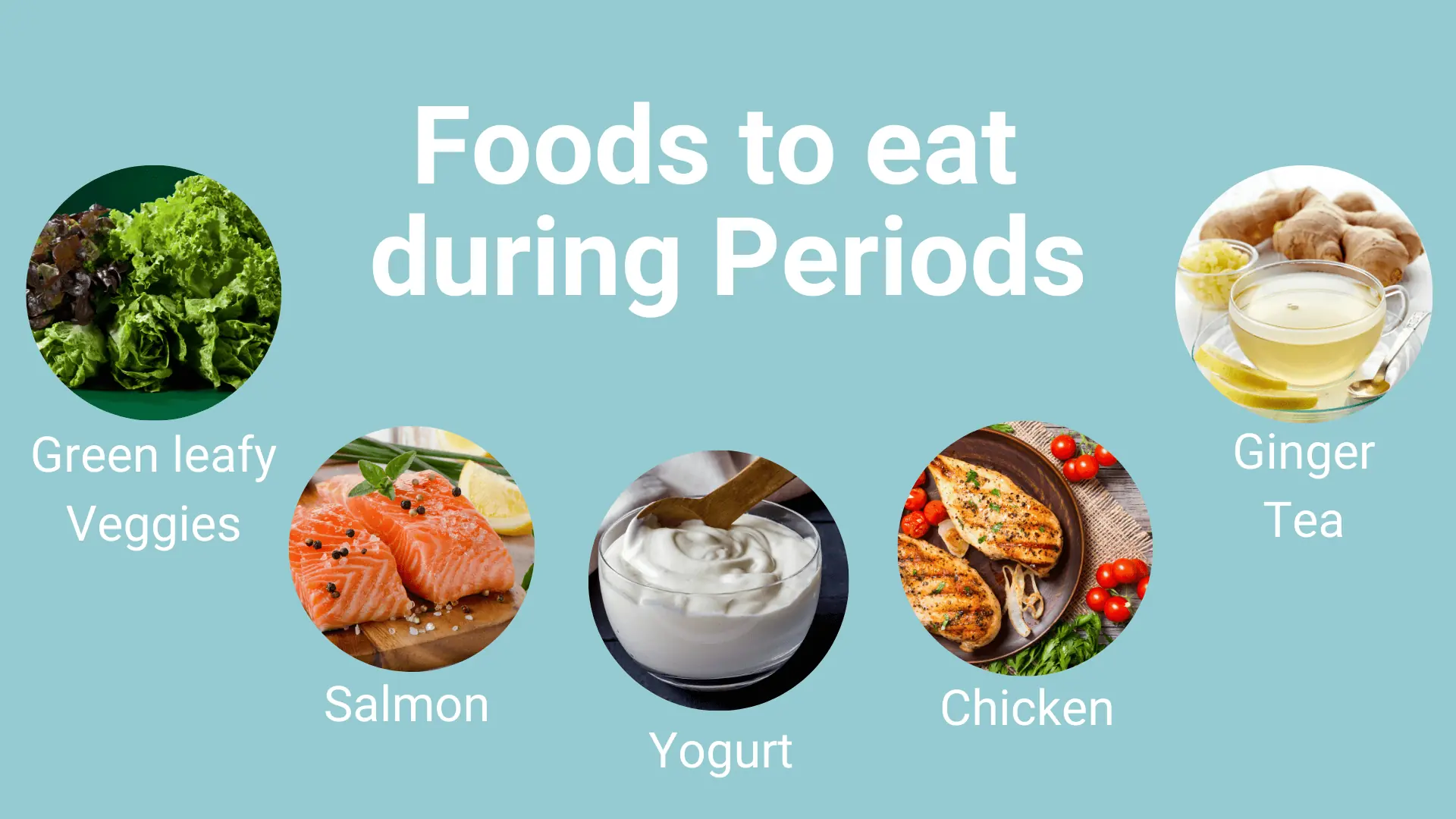
What to Eat (and Skip) During Your Period — Feel Better, Not Bloated

5 Unusual Signs in Your Feet That Might Be Your Kid.neys Crying for Help
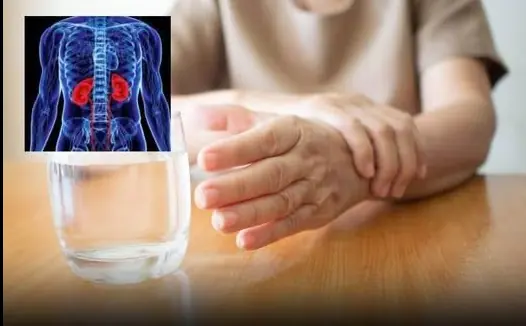
People with liver failure often have 3 characteristics on their hands, if you have 1 you should see a doctor soon
